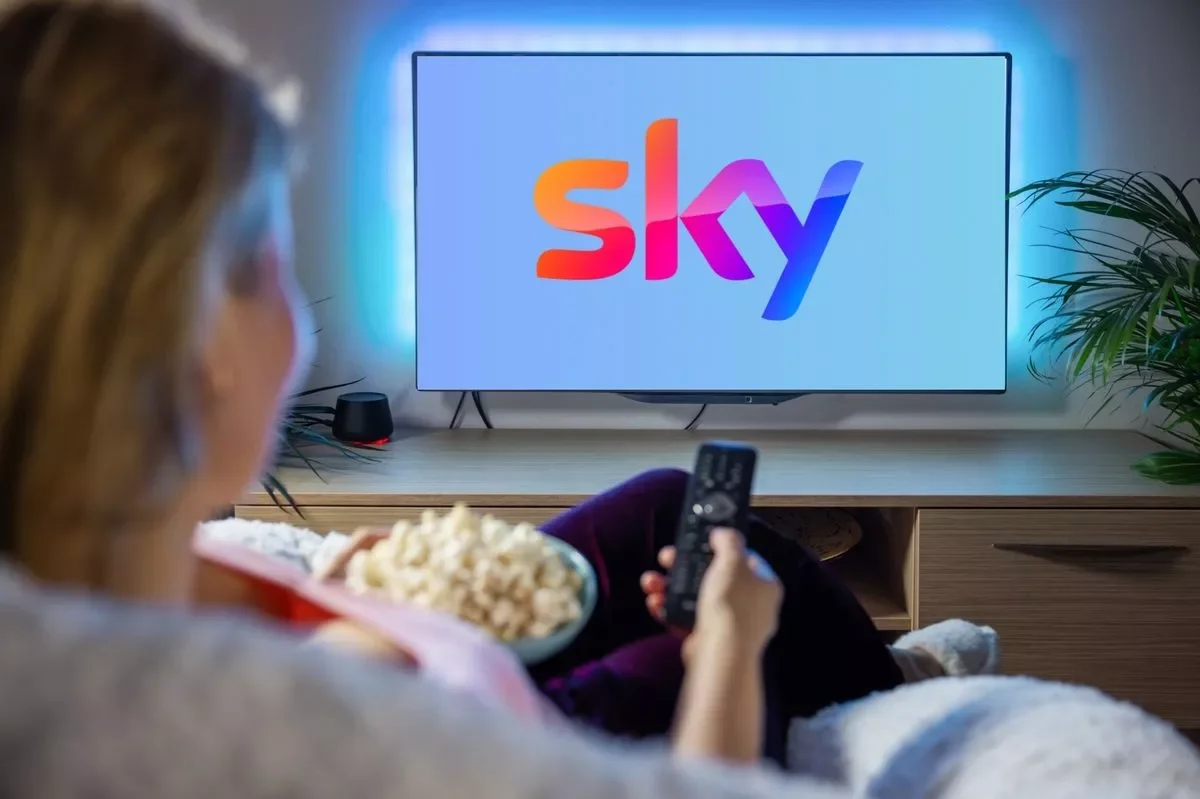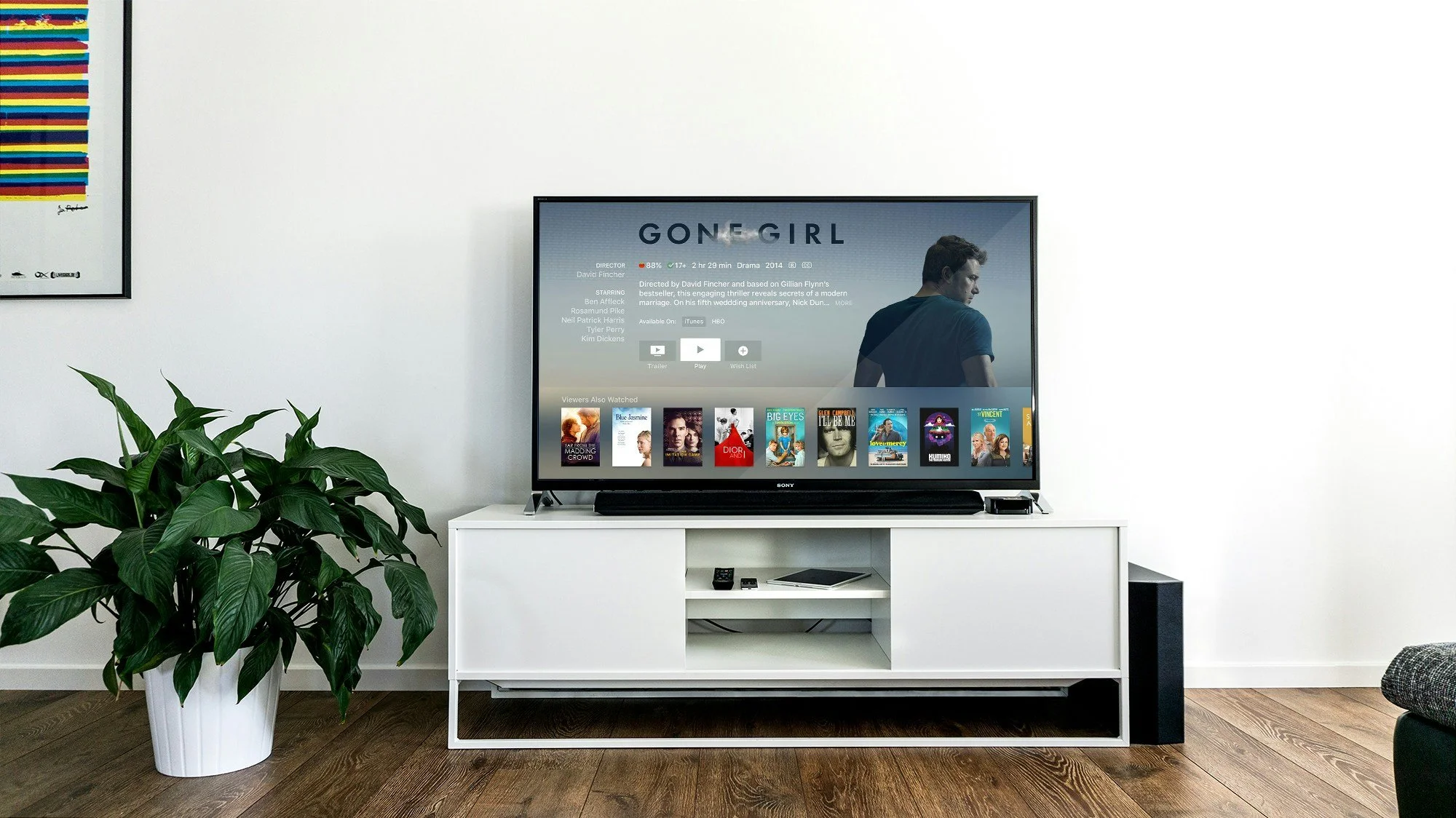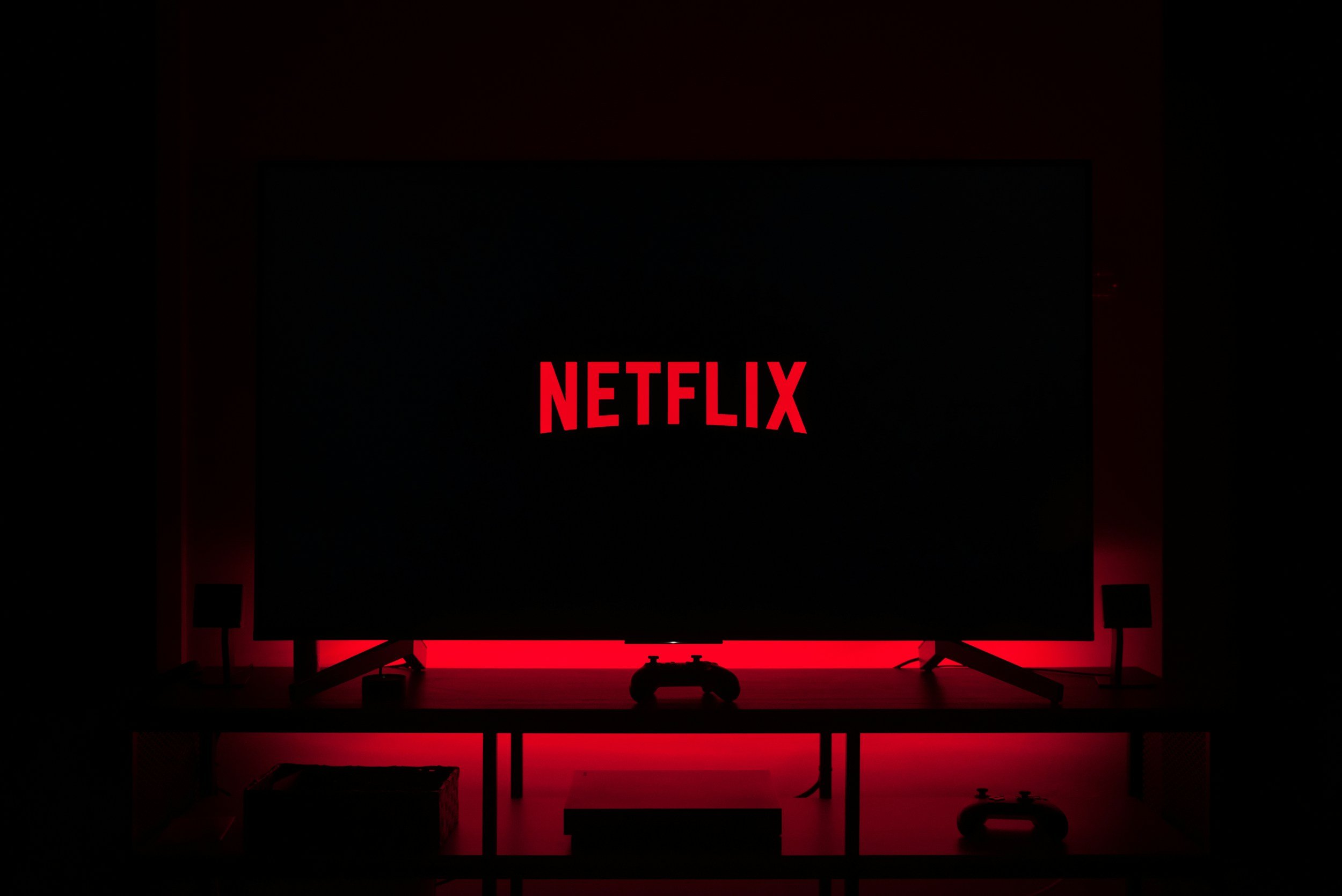How to Advertise in TV
How To Advertise in TV
Key Takeaways
TV Delivers Trust and Scale: No other medium offers the same combination of reach, cultural impact, and credibility.
New Formats Increase Flexibility: Addressable and on-demand platforms make TV accessible to both national and niche advertisers.
Expert Buying Makes the Difference: With One Day Agency, your campaigns balance creativity, efficiency, and integration across TV and beyond.
Television remains one of the most powerful advertising channels available to brands. Despite the rise of digital, social, and streaming platforms, TV continues to deliver unmatched reach, cultural impact, and credibility. From live national broadcasts and big cultural moments to addressable TV and on-demand streaming, today’s TV advertising ecosystem has never been more diverse or more effective when integrated properly.
In this article, we explore how to advertise in TV — covering traditional linear campaigns, new digital and addressable formats, buying models, creative considerations, and how brands can make television work in harmony with the rest of their media mix.
1. Why TV Advertising Still Matters
In the UK, over 90% of the population still watches TV weekly, and major live moments continue to attract audiences at a scale digital platforms struggle to replicate. Think Euro finals, Love Island, Bake Off, or I’m a Celebrity. These shared cultural experiences remain the most efficient way to build mass brand awareness.
TV also retains a level of trust. Audiences perceive ads on regulated broadcasters as more credible and brand-safe compared to digital. For brands seeking to establish authority or premium positioning, television provides a trusted environment.
2. Types of TV Advertising
Traditional Linear TV Spots
The 30-second commercial remains the backbone of TV advertising. Spots are bought nationally, regionally, or by channel, and priced on CPT (cost per thousand impacts).
Sponsorships
Brands align with specific programmes, seasons, or strands — from Sky Sports News to Bake Off. Sponsorship offers repeated visibility and brand association with popular content.
Product Placement
Now common in UK broadcasting, brands can appear directly in content, from cars in dramas to drinks in reality shows.
Addressable TV
Solutions like Sky AdSmart and Virgin Media Addressable TV allow advertisers to serve different ads to different households watching the same programme, targeting by location, income, or household type.
On-Demand and Streaming TV
Broadcaster platforms such as ITVX, All 4, and Sky Go, as well as global players like Netflix and Prime Video, allow brands to buy digital-style video ads within premium TV content.
Branded Content and Integrations
Some broadcasters collaborate with brands to produce original content or bespoke integrations, delivering deeper storytelling and cultural resonance.
3. Audience Targeting
One of the biggest shifts in TV advertising has been the move from broad demographic buying to precision targeting:
Demographics: Classic ABC1 adults, 16–34s, households with children.
Regional and Postcode Targeting: Particularly with ITV, Sky AdSmart, and Channel 4.
Behavioural and Lifestyle Segments: Based on viewing habits or external data partnerships.
First-Party Data Matching: CRM uploads to retarget existing customers or build lookalike audiences.
This means TV is no longer just about mass reach — it can now deliver digital-like efficiency.
4. Buying Models and Costs
Cost Per Thousand (CPT)
Traditional TV buys are based on CPT, where advertisers pay for every thousand impacts delivered to their target audience.
Cost Per Mille (CPM)
On-demand and digital buys are often priced on CPM, closer to online video.
Minimum Spends
National TV campaigns typically require six-figure budgets, but addressable and regional campaigns can start as low as £3,000–£10,000.
Sponsorships and Partnerships
Costs vary dramatically depending on the programme — with top-tier sponsorships running into millions but delivering months of sustained exposure.
5. Creative Considerations
TV advertising demands premium creative quality. Unlike digital banners or social content, TV ads are judged alongside professionally produced programming.
Effective creative typically:
Tells a clear, compelling story in 30 seconds or less.
Uses emotional impact — humour, drama, or sentiment.
Features strong branding within the first few seconds.
Adapts for shorter cutdowns in digital and on-demand environments.
Passes Clearcast approval to ensure compliance with broadcast regulations.
For sponsorship idents, shorter, simpler branding executions (5–10 seconds) are required.
6. Measurement and Effectiveness
TV advertising effectiveness is measured across multiple levels:
Reach and Frequency: Audience size and how often viewers see the ad.
Brand Lift Studies: Measuring awareness, consideration, and favourability.
Sales Attribution: Linking TV exposure to retail sales, online conversions, or app downloads.
Cross-Media Tracking: Combining TV performance with digital and OOH impact for holistic ROI.
With the rise of addressable and programmatic TV, measurement is becoming more sophisticated and closer to digital standards.
7. Regulatory Landscape
UK TV advertising is tightly regulated by Ofcom and the ASA’s BCAP Code, covering:
Restrictions on HFSS food, alcohol, and gambling ads around young audiences.
Requirement for substantiated claims.
Clear distinction between editorial and advertising.
This ensures TV remains one of the most brand-safe environments available.
8. Challenges and Opportunities
Opportunities:
Mass reach combined with targeted efficiency.
Cultural impact via live events and flagship shows.
Trusted, premium environment.
Increasingly flexible entry points for smaller brands via addressable TV.
Challenges:
Creative production costs can be higher than digital.
Premium inventory is competitive and expensive.
Younger audiences are increasingly shifting to streaming platforms, requiring cross-channel strategies.
For brands who get it right, TV remains a cornerstone of integrated marketing.
How One Day Agency Can Help
At One Day Agency, we specialise in making TV advertising efficient, impactful, and integrated. Our senior-only team blends creative strategy with advanced media buying expertise, ensuring your campaigns deliver both cultural resonance and measurable ROI.
We help brands:
Plan and buy linear TV campaigns with efficiency, optimising CPTs while securing placement in the right shows.
Leverage addressable TV solutions like Sky AdSmart, targeting households with precision.
Integrate TV with digital and streaming platforms such as ITVX, Channel 4, Netflix, and Prime Video.
Develop creative concepts and sponsorship activations that resonate in premium environments.
Measure effectiveness using brand lift, attribution, and cross-channel tracking.
Whether you are running your first regional campaign or scaling a national sponsorship, One Day Agency ensures every pound spent on TV works harder. We offer TV advertising, ITV advertising, Sky Adsmart advertising and VOD advertising.











